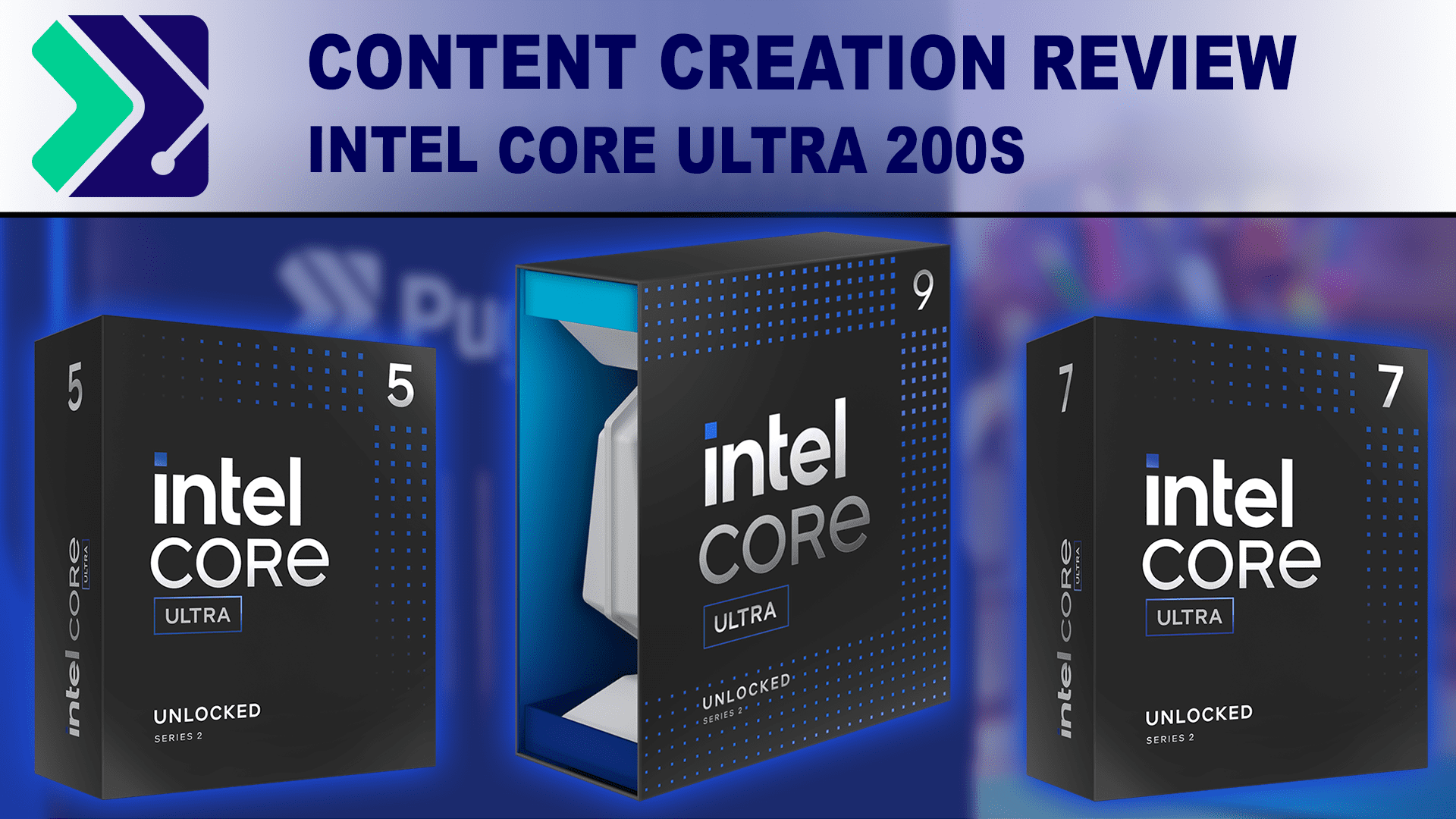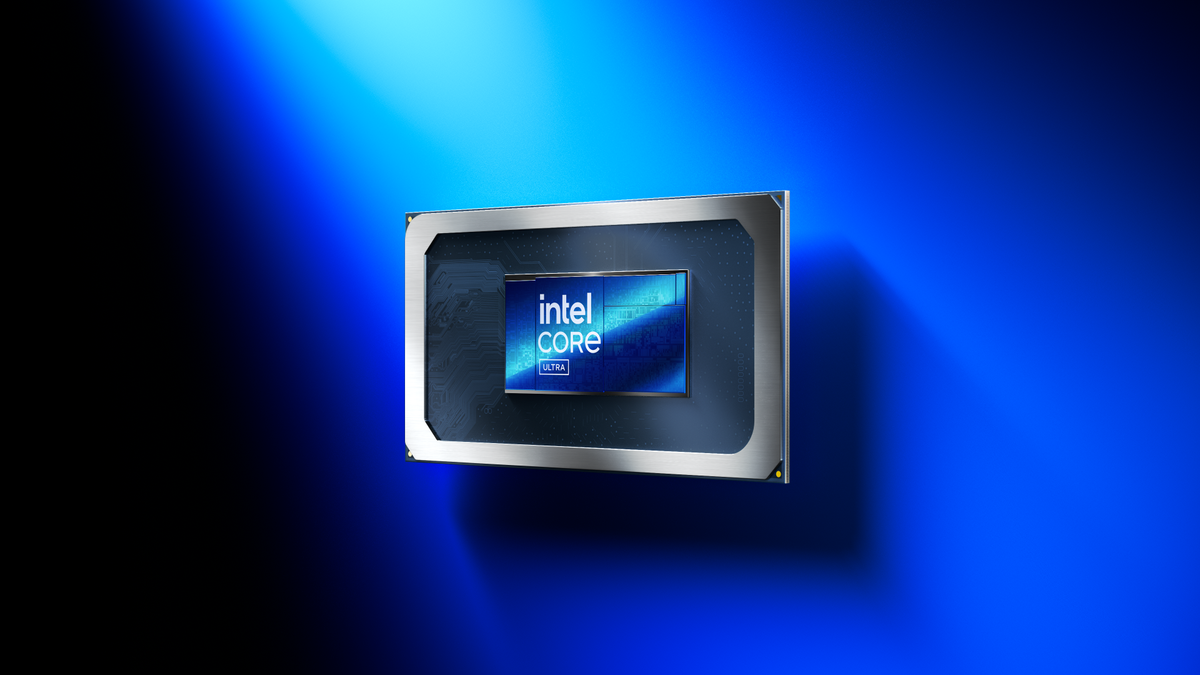"We knew we built a great part. We didn't know the competitor (Intel) had built a horrible one," quipped AMD executive Frank Azor. "So the demand has been a little higher than we forecasted."
This is really silly. Looks like AMD is also blaming their own non X3D parts if we go by this statement. Are their 9950X & 9900X competitive with their 9800x3D gaming CPU?
The fact of the matter is Intel does not have an answer to AMD's x3D chips in gaming. Even if Intel improves the ARL-S latency issues iwth, they still would not be able to beat 9800X3D in gaming so does AMD's own Zen 5 16 core processors (like 9950X)!!! Refer to the following review of ARL-S in content creation and productivity work. They are competitive with Zen 5 (win some, lose some). Intel has done a good job on improving perf/watt and reducing temperature (both of these things were complaints about Intel processors for some time)

 www.pugetsystems.com
www.pugetsystems.com

 www.pugetsystems.com
www.pugetsystems.com

Now lets looks at 9800X3D in productivity workloads (nobody should buy them for this workloads imo but just for the sake of comparison here)

 www.pugetsystems.com
www.pugetsystems.com

Does this make 9800x3D a horrible product!!!!?
Intel needs a response to AMD's Vcache to be competitive in gaming. Online rumor is its coming in next generation for Nova Lake. Only thing is, will Intel survive the mindshare loss among gamers because of the current situation!
This is really silly. Looks like AMD is also blaming their own non X3D parts if we go by this statement. Are their 9950X & 9900X competitive with their 9800x3D gaming CPU?
The fact of the matter is Intel does not have an answer to AMD's x3D chips in gaming. Even if Intel improves the ARL-S latency issues iwth, they still would not be able to beat 9800X3D in gaming so does AMD's own Zen 5 16 core processors (like 9950X)!!! Refer to the following review of ARL-S in content creation and productivity work. They are competitive with Zen 5 (win some, lose some). Intel has done a good job on improving perf/watt and reducing temperature (both of these things were complaints about Intel processors for some time)

Intel Core Ultra 200S Content Creation Review
We examine the performance of Intel's new Core Ultra 200S series desktop processors in content creation applications.

Power Draw, Cooling, and Efficiency: Intel Core Ultra 200S
In this article, we examine the power draw and efficiency of the new Intel Core Ultra 200S series processors.
Now lets looks at 9800X3D in productivity workloads (nobody should buy them for this workloads imo but just for the sake of comparison here)

AMD Ryzen 7 9800X3D Content Creation Review
We examine the performance of AMD's new Ryzen 7 9800X3D in content creation applications.
Does this make 9800x3D a horrible product!!!!?
Intel needs a response to AMD's Vcache to be competitive in gaming. Online rumor is its coming in next generation for Nova Lake. Only thing is, will Intel survive the mindshare loss among gamers because of the current situation!


/cdn.vox-cdn.com/uploads/chorus_asset/file/24347781/STK095_Microsoft_03.jpg)
